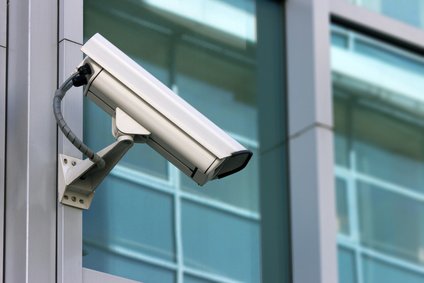Off-Duty Conduct: What Can Happen When Employees Go Viral

It seems that a week cannot go by without the news reporting on a seemingly private or embarrassing event that has gone public. With the abundance of cameras in our daily public lives and the instantaneous sharing of information, our actions and statements can be easily broadcast as they happen. Our new "public" life is ever more on display. Some recent examples include being caught on video engaging in public mischief (such as throwing a beer can onto a sports field on national television) or engaging in a post on Twitter or other social media sites with "friends" that is resent or retweeted for everyone to see. How employers and their employees cope and navigate the greying line between an individual's private life and their connection to the workplace is likely to become of greater issue, especially among a new generation of employees who have grown up in a world of social media and use it as their primary vehicle of communication.
As employees become more aware that their employers are noticing what happens away from the office or shop floor, employers must equally understand that there are still limits as to what behaviour they can regulate when the work day has ended.
In the past, there used to be a clearer time and distance aspect with respect to off-duty conduct. If it happened away from the workplace and outside of work hours, it was presumed to be the employee's own business and, strictly speaking, of no concern to the boss, unless it tied the company brand and employee together in a bad light.
The law regarding an employer's response to off-duty employment conduct has evolved as the web of social connections between employer and employee ties them together outside of regular business hours. Bullying behaviour in the office has to be addressed, so why not address bullying that occurs on Facebook or Twitter. Human Resources departments now have no choice but to take notice and act, whether it is to address potential harm that may arise from bad publicity or to address concerns by co-workers due to comments or actions made by colleagues in "private" internet communications that have become public. (Anecdotal evidence counters the notion that anything on the internet or that is electronically distributed is or can remain private.)
Employees must understand that companies will act to address off-duty conduct when that conduct could detrimentally affect their image, brand or business, or otherwise impact the well-being of coworkers. In some cases, employers will have no choice but to engage in an investigation into such behaviour and discipline or terminate the employee if misconduct is found to have occurred. For example, under recent changes to the Occupational Health and Safety Act, Ontario companies are now mandated to have policies in place regarding the reporting and investigation of harassment and sexual harassment complaints. The application of such policies extends beyond the workplace. Off-duty comments made on Facebook towards a co-worker can create a hostile work environment as easily as comments made in the lunchroom.
Consequently, it is recommended that all employers have policies which provide direction to their employees about their use of social media (such as Facebook, Twitter, Instagram). These policies should caution their employees about the use of technology both at the workplace (when using company email and computers) and away from the workplace. The policies should also refer to the company's harassment policies and code of conduct rules and advise employees that off-duty conduct can also be subject to investigation and discipline (including discharge). Finally, employees must be trained in the application of these policies and the company must consistently review and enforce their application.
However, employers must be prepared to distinguish between actions which create a public relations issue (our employee has embarrassed the company) that require only a public relations response, with a human resources issue (our employee has breached policy and caused damage to the company's goodwill or to another employee) which could require investigation and discipline.
Not every case where harm is caused to the company's brand or reputation will require a human resources response and the harm or potential harm caused will only be one factor among many when determining if investigation and discipline will be appropriate in the circumstances. Other factors will include the degree of responsibility exercised or public position held by the employee, and whether the misconduct will hinder that employee's ability to perform his/her job and/or their ability to work with co-workers and their co-workers corresponding willingness to continue to work with them.
As important, and as with any other potential disciplinary event, termination for conduct that happens away from the workplace will still depend upon the severity of the misconduct engaged in by the employee, the severity of the harm the employee has caused to the company or co-worker, the employee's work history and employment record, and whether the employee has taken steps to accept the consequences of his/her action and has acted to repair the situation. Once all factors have been considered, the company will ultimately have to determine whether discipline or termination would be the appropriate action. All these factors must be balanced, and termination with cause will still be viewed by an arbitrator or court as having been the last resort to address the issue.
Although a new generation of employees generally view social media as a necessary and manageable way to express their views and communicate with their peers, coworkers and friends, private actions and comments no longer stay private for very long in this increasingly interconnected world. While companies cannot overreact in every instance where they feel there may be a chance of bad publicity or a negative impact on their brand, employees must be made aware that once the private becomes public, they are at risk of discipline. Extra care and caution must be taken before the post or tweet is sent.

